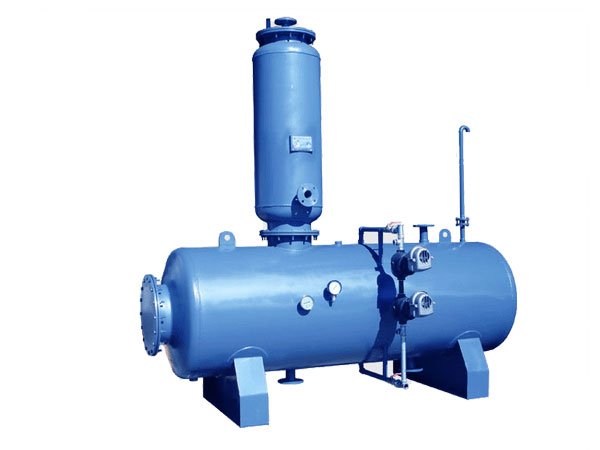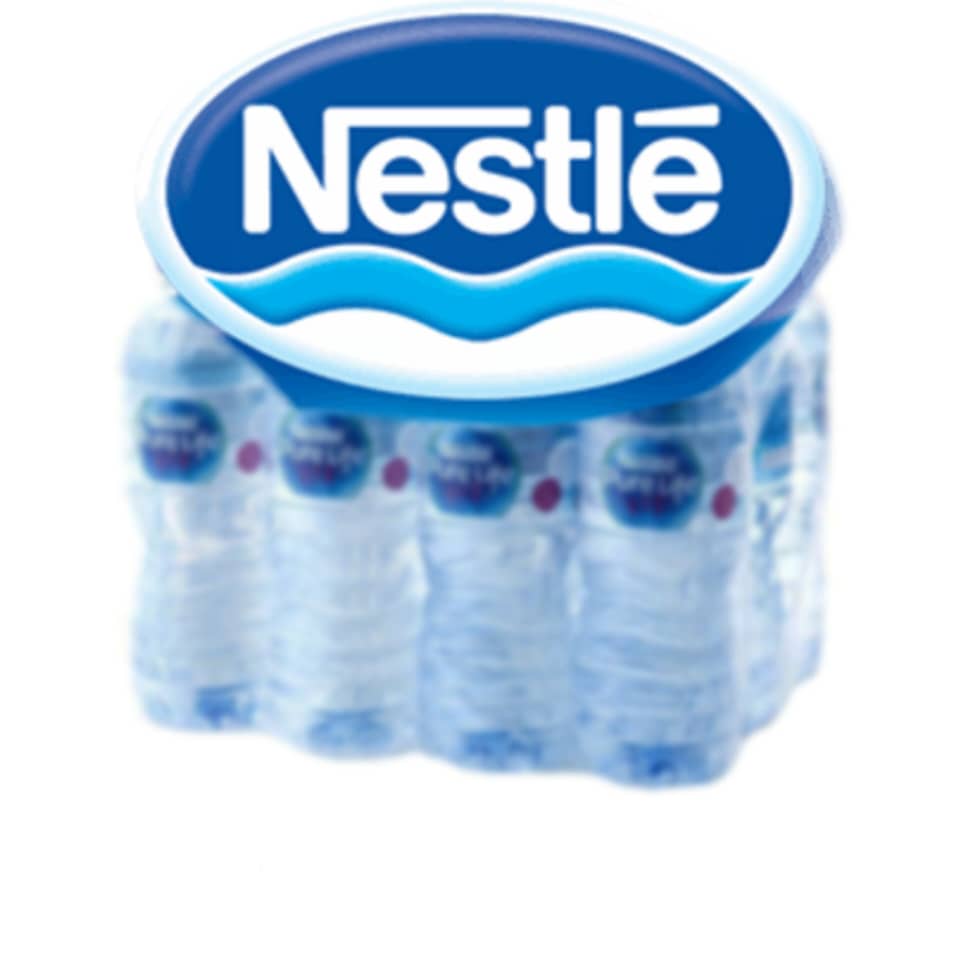
- Seen : 735 View
In a steam water inlet, the inlet water is raised to a saturation temperature to remove oxygen, carbon dioxide, and other gases. This system uses water vapor.
In a tray-type dehumidifier, water is injected from above and steam is blown into the tower. Due to the contact of the two phases, the gases are removed from the water to an acceptable level.
The aerator is used to remove corrosive gases (O2 and CO2) from the boiler feed water. Separation of oxygen and free carbon dioxide prevents corrosion in pipes, pumps, boiler bodies, and liquefied steam return lines.
Based on the following principles, water-soluble gases (O2 and CO2) are removed by the deaerator:
1- Increasing water temperature is inversely related to the solubility of gases in water. Therefore, increasing the water temperature due to contact with steam reduces the solubility of water-soluble gases.
2- Due to the low partial pressure of the gases in the interior of the deaerator, water-soluble gases are transferred to their adjacent space (steam phase).
3- Local vacuum caused by condensation of steam leads to the removal of water-soluble gases.
Reasons for using deaerator:
The presence of toxic gases O2 and CO2 in treated water causes the following wastes:
1- O2 in the water consumption of boilers between the liquid phase and the steam phase causes local cavities that the explosion of the cavities is one of the causes of damage to the boilers.
2- The presence of O2 and CO2 gases, in addition to causing corrosion in the return pipes (condensate), causes the phenomenon of coagulation in the pumps, which causes corrosion of the pump blades.
3- In the processes that use water vapor for regeneration, the presence of O2 not only disrupts the regeneration factor but also creates an odor in the product due to oxidation (vegetable oil production process).
4 - In order to prevent heat shock in boilers, increasing the temperature of water entering the boiler to the boiling point is very important.
In addition to removing O2 and CO2 gases from the water, the temperature rises optimally.
The most important benefits of a deaerator are:
1- Due to the separation of gas from water in the separating column, steam is not mixed with water stored in the deaerator tank.
2- The use of reverse flow heat exchanger in the separating column is quite economical compared to similar examples.
The temperature of the aerated tank depends on the type of aerator. Normally the following values are suggested for it:
1- Vacuum type C900-70
2- The type of atmosphere is 1000C
3- Atmospheric pressure type 103-1040C
Saler Company Information










